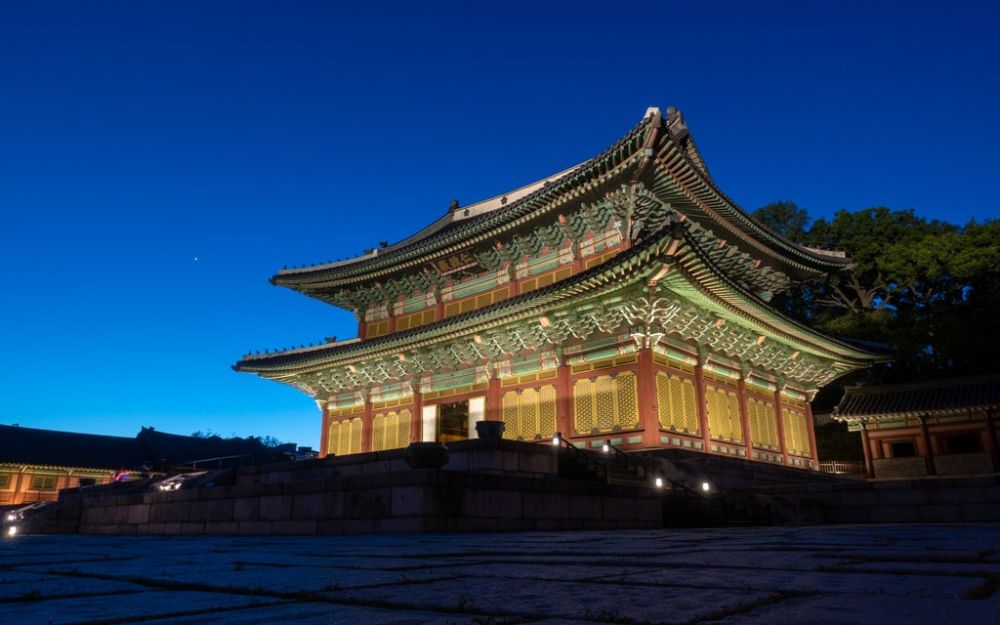

As a treasured historical site nestled in the heart of Seoul, South Korea, Changdeokgung Palace is one of the most exquisite examples of traditional Korean palatial architecture and garden design. The palace grounds were added to the UNESCO World Heritage List in 1997, which marked an important milestone in its tourism history.
Completed in 1412, Changdeokgung Palace was built as a secondary palace to Gyeongbokgung Palace, but it soon became the favorite and the principle residence for many kings of the Joseon Dynasty. Its allure lies in its harmony with the surrounding natural environment, unlike other palaces that emphasized grandeur and symmetry.
While Changdeokgung Palace has been a significant cultural location for centuries, it wasn't until the 20th century that it became an accessible tourist destination. Post the Korean War, a considerable amount of restoration work has been carried out to repair and preserve the palace, which had suffered extensive damage.
The Injeongjeon Hall, a beautiful example of Joseon Dynasty architecture, and the Huwon (Secret Garden), a breathtaking 78-acre garden with a royal heritage, are amongst the highlights for visitors. Since opening to the public, the palace has seen a steady increase in both domestic and international tourists interested in the rich tapestry of Korean history and culture.
Technological Integration: In recent times, the palace administration has embraced technology, providing virtual tours and augmented reality experiences for those unable to visit in person. This aligns with the global trend towards digitizing travel experiences, particularly heightened by the COVID-19 pandemic.
Sustainable Tourism: There's been a surge in interest for sustainable travel, and Changdeokgung Palace is part of heritage tourism, which focuses on the preservation and respectful enjoyment of historical sites.
Nighttime Tours: The palace offers special nighttime tours during certain times of the year, which have become a sought-after experience for visitors. The illuminated grounds present an entirely different atmosphere than during the day, making it a unique experience.
Cultural Experiences: The trend of engaging with local culture has not missed Changdeokgung Palace. Visitors can participate in various cultural activities, such as wearing a Hanbok (traditional Korean attire) while exploring the palace, enhancing the immersive experience.
When planning a visit to Changdeokgung Palace, it's advisable to check the palace's official website for the latest updates on opening hours, tour schedules and any cultural events that might enhance the experience. With an ongoing commitment to conservation and education, Changdeokgung Palace remains not only a witness to history but an active participant in the ever-evolving story of Korean culture and tourism.